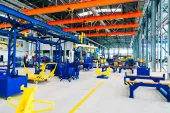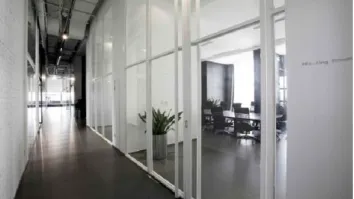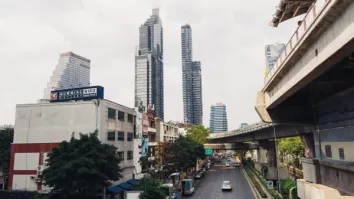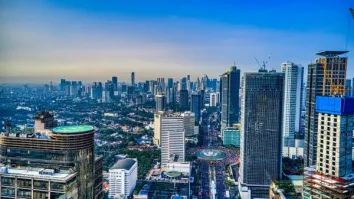
These are the new logistics developments to watch out for in Osaka
New supply is expected to hit 1.0 million sqm this year.
New logistics supply in Greater Osaka is scheduled to be relatively moderate according to Savills, with a total of around 520,000 sq m scheduled for completion in the first half of 2023, and there appears to be no upcoming developments with a GFA of over 100,000 sq m in 2023.
Here’s more from Savills:
The largest addition in the first half of this year was the MCUD Kobe Nishi II, which has a GFA of 63,000 sq m. The facility is located in Kobe Techno Logistics Park, and benefits from good proximity to major roads and expressways for efficient regional deliveries, as well as securing a strong workforce.
Furthermore, the developer aims to achieve net zero energy consumption by utilising solar power and motion sensor lighting. The largest completion in 2023 will be Daiwa’s House DPL Hyogo Kawanishi in Hyogo, with a GFA of 89,000 sq m. The facility is located near the Kawanishi Interchange, which is close to the ShinMeishin expressway, providing convenient access between Osaka, Kyoto and the wider west-Japan region.
Overall, new supply is forecast to reach almost 1.0 million sq m in 2023, and a substantial increase in development activity is forecast for Greater Osaka from 2024 onwards. The CPD Nishinomiya Kita I and CPD Nishinomiya Kita II, both scheduled for completion in Spring 2025, will have a combined GFA of approximately 300,000 sq m.
Meanwhile, GLP is developing a number of facilities across the Greater Osaka market, with the GLP ALFALINK Ibaraki 1, GLP ALFALINK Ibaraki 2, and GLP ALFALINK Ibaraki 3 set to be the largest, with a combined GFA of 324,000 sq m, and are scheduled for completion between 2024 and 2025. Looking ahead, over 1.2 million sq m of new logistics space is forecast for 2024, a significant increment from the subdued levels in previous years, which reflects the strong sentiment in the market.
Going forward, elevated construction costs and land prices are projected to slow down future development, along with instances of investors changing their development plans or selling development land, which could potentially lead to more subdued and stable supply, allowing more room for absorption in the near term.



















 Advertise
Advertise






